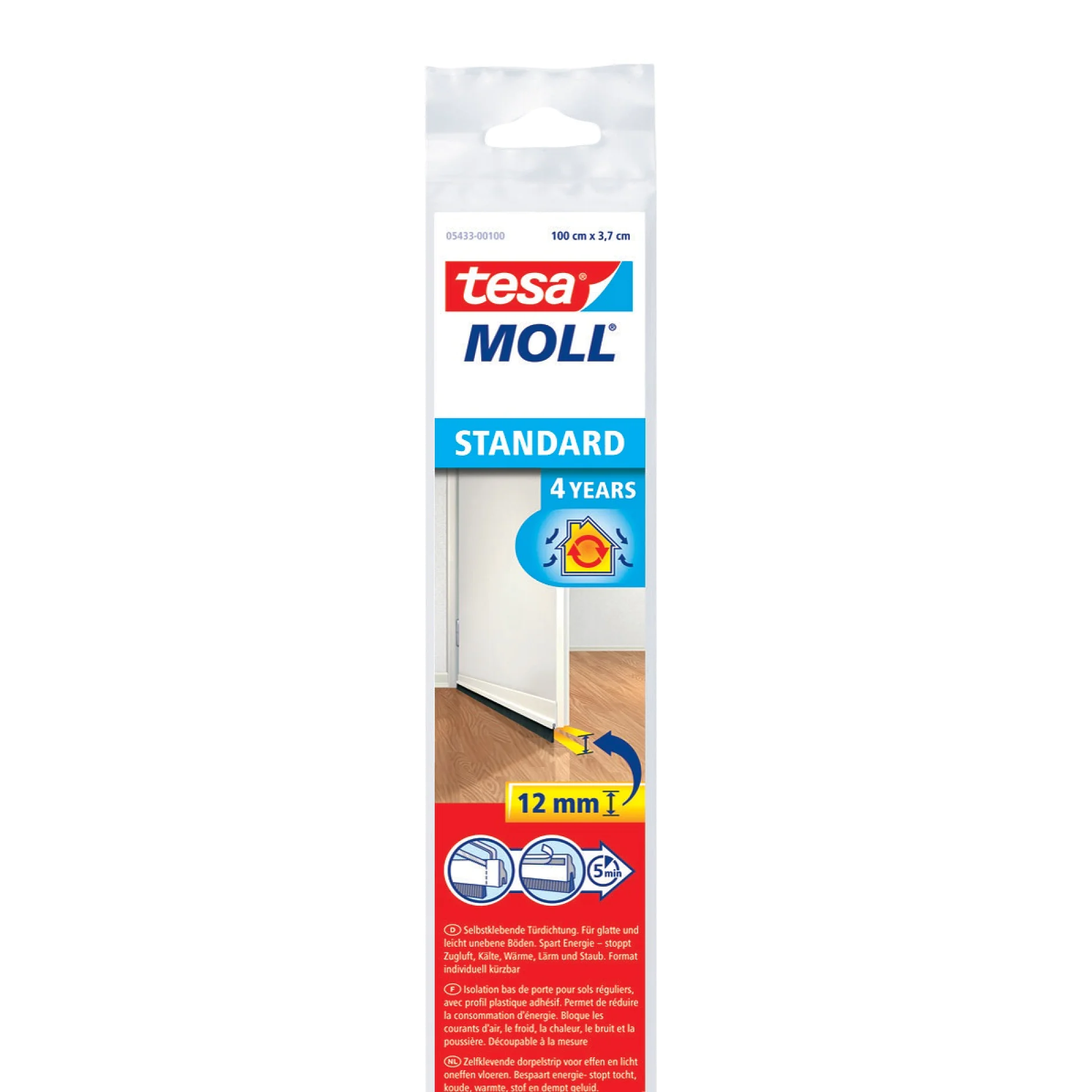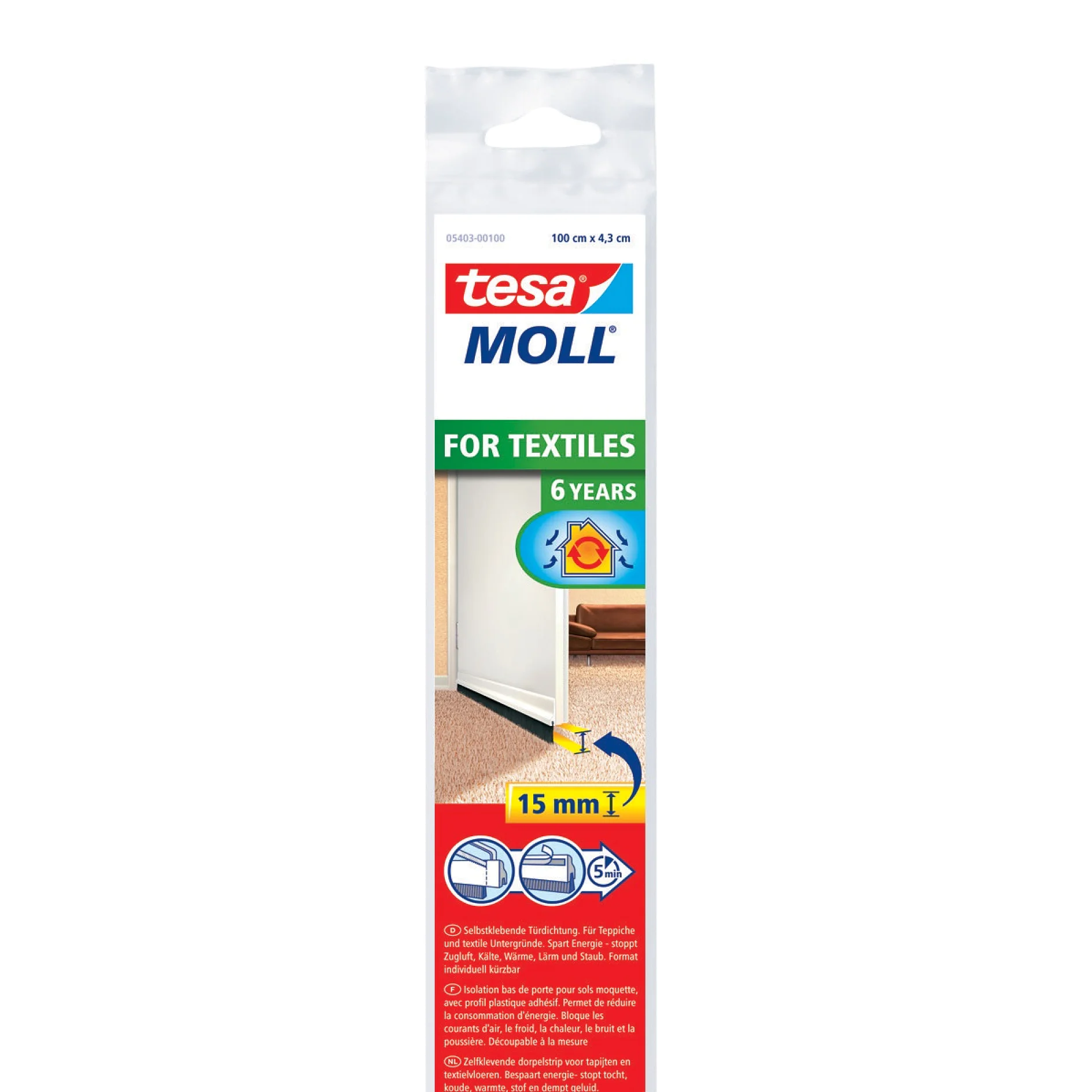Even the smallest gaps and cracks can make a real difference to your indoor comfort. Draughts let in unwanted cold air and disturb the cosy atmosphere of your home. But with sealing tapes and insulation solutions, you can easily solve this issue. Using sealing tapes, door bottom seals, and rubber gaskets, you can effectively shield your home from draughts.
Easy to Install, Instantly Effective
Sealing and insulating doors and windows might seem tricky at first. However, our range – including sealing profiles, rubber gaskets, door seals, draught excluders, and insulation foils – is simple to fit with no special skills required. The self-adhesive products are ready to use and instantly enhance your indoor comfort. They also help keep out dust, dirt, and noise.
Discover the Ideal Solution with Our Product Finder
Use our product finder to quickly and easily identify the perfect insulation solution for your needs. Whether you’re sealing windows or doors, our products can be fitted without any extra tools. Trust in decades of expertise and discover how just a few simple steps can make your home more comfortable.

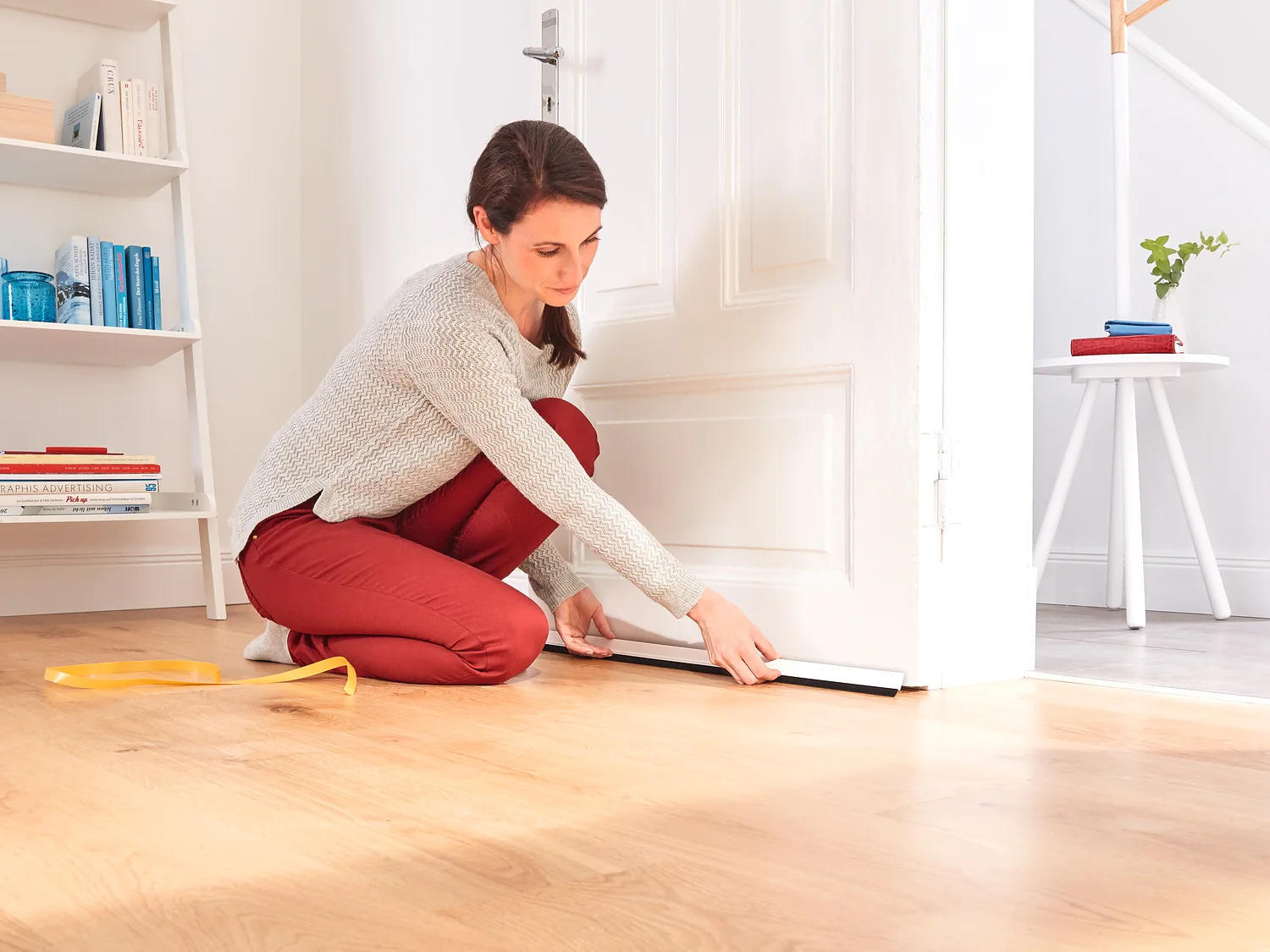
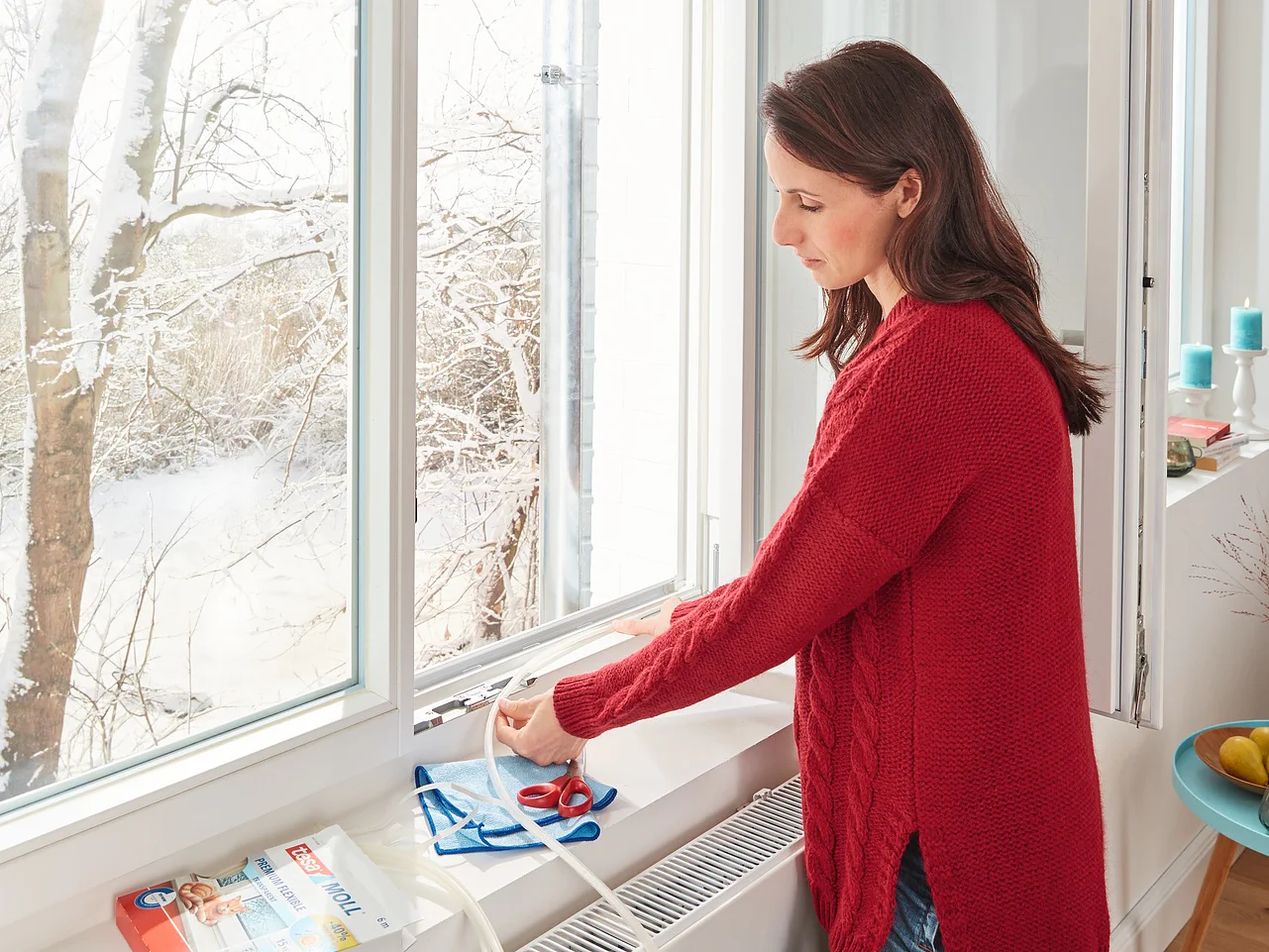
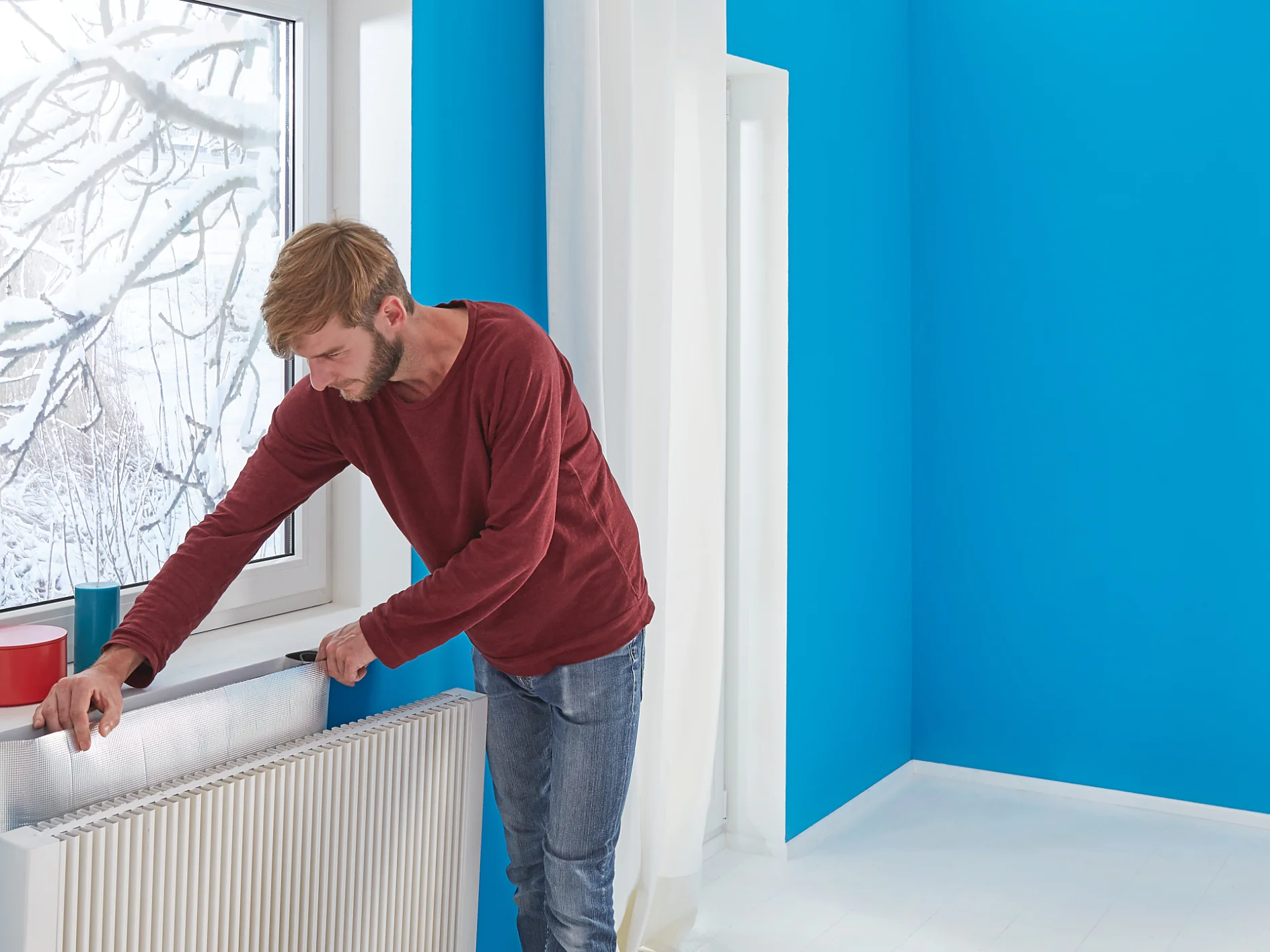
![tesa_4042448920959_05417-00200_LI401_left_pa [en-en] tesamoll Premium Flexible white, 6m x 9x7mm](/en-gb/files/images/202402/2/medium-11177381,11177381_padded1x1_18.webp)
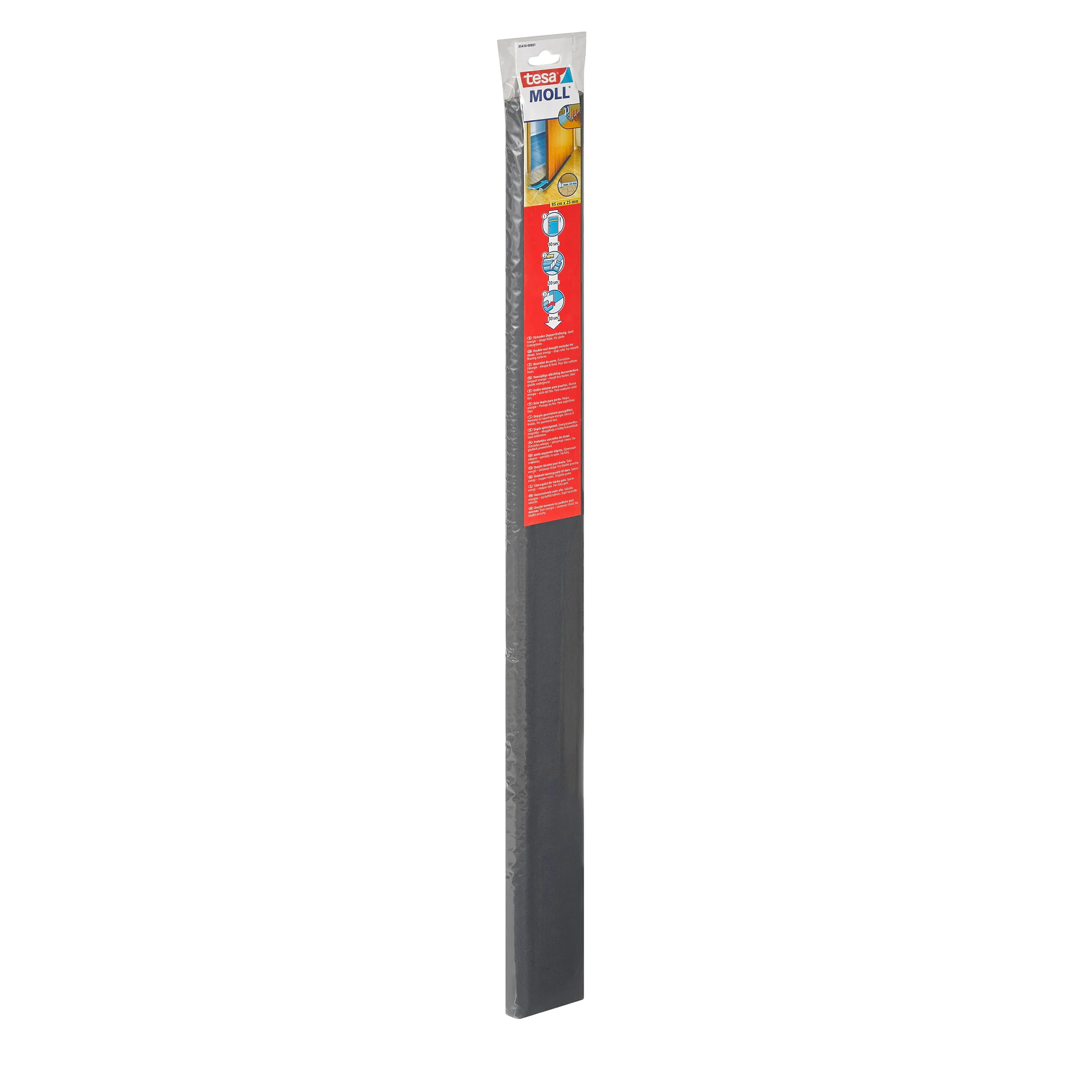
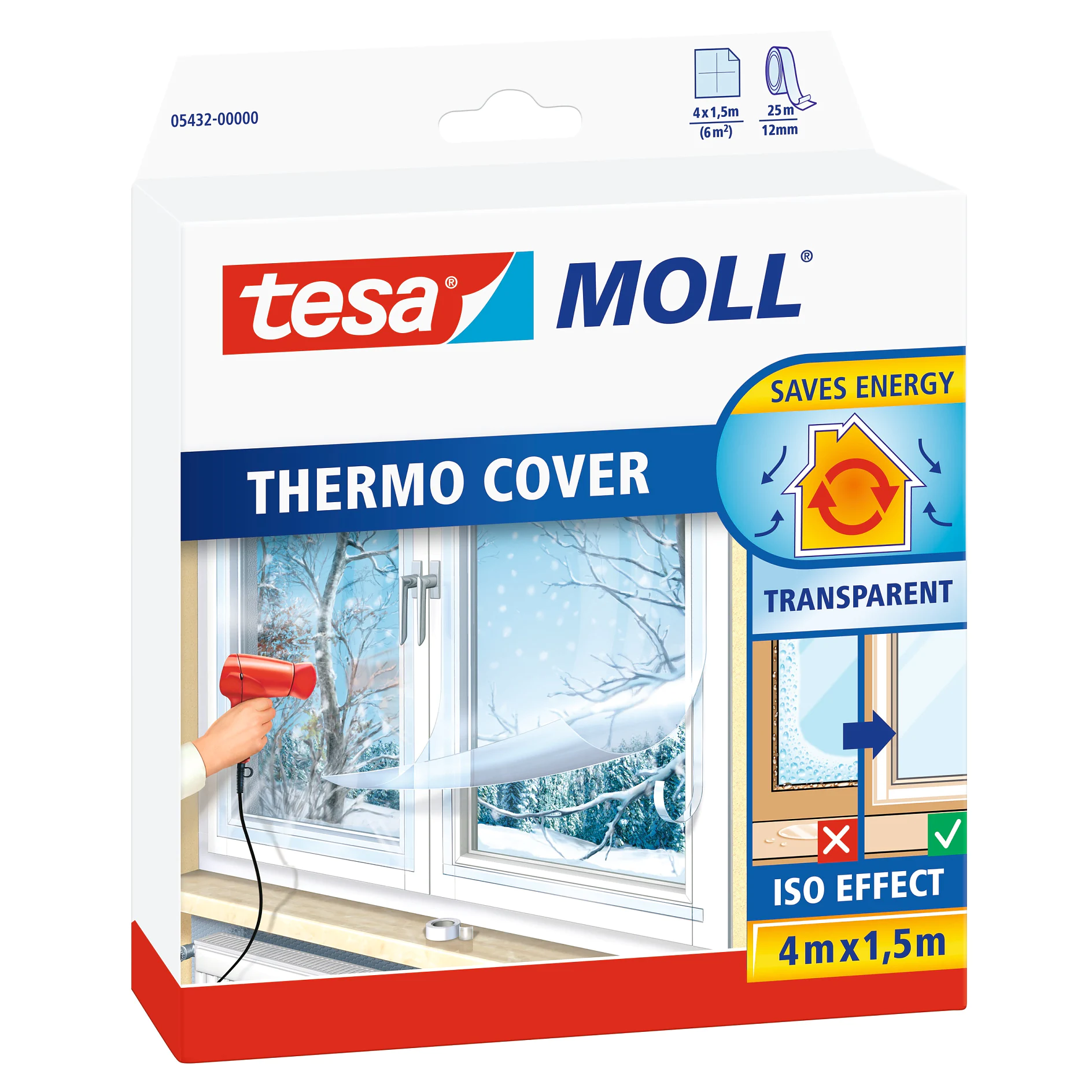
![tesa_4042448102683_05428-00100_LI401_left_pa [en-en] tesamoll Universal Pur foam white, 6m x 9mm](/en-gb/files/images/202402/2/medium-11181100,11181100_padded1x1_18.webp)
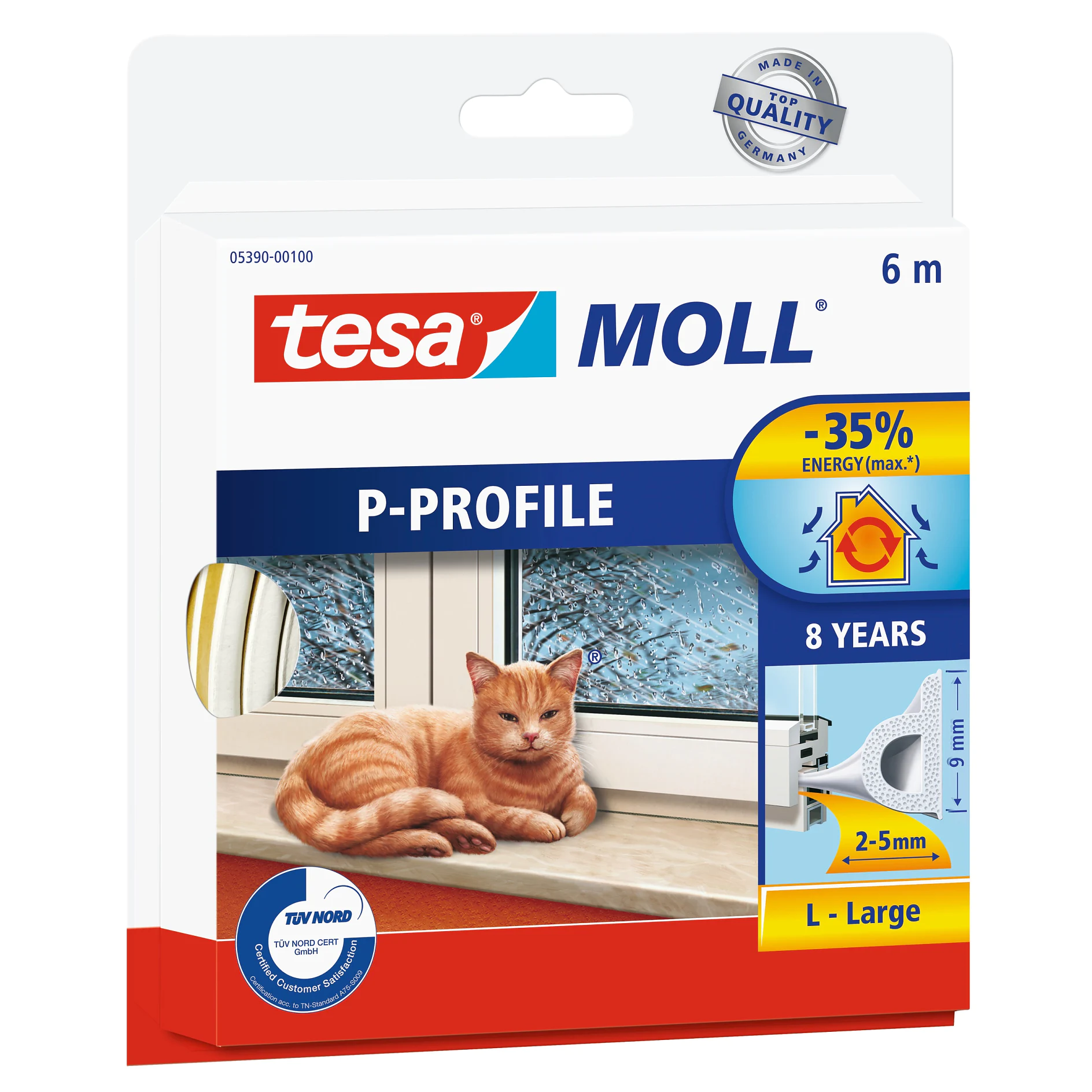
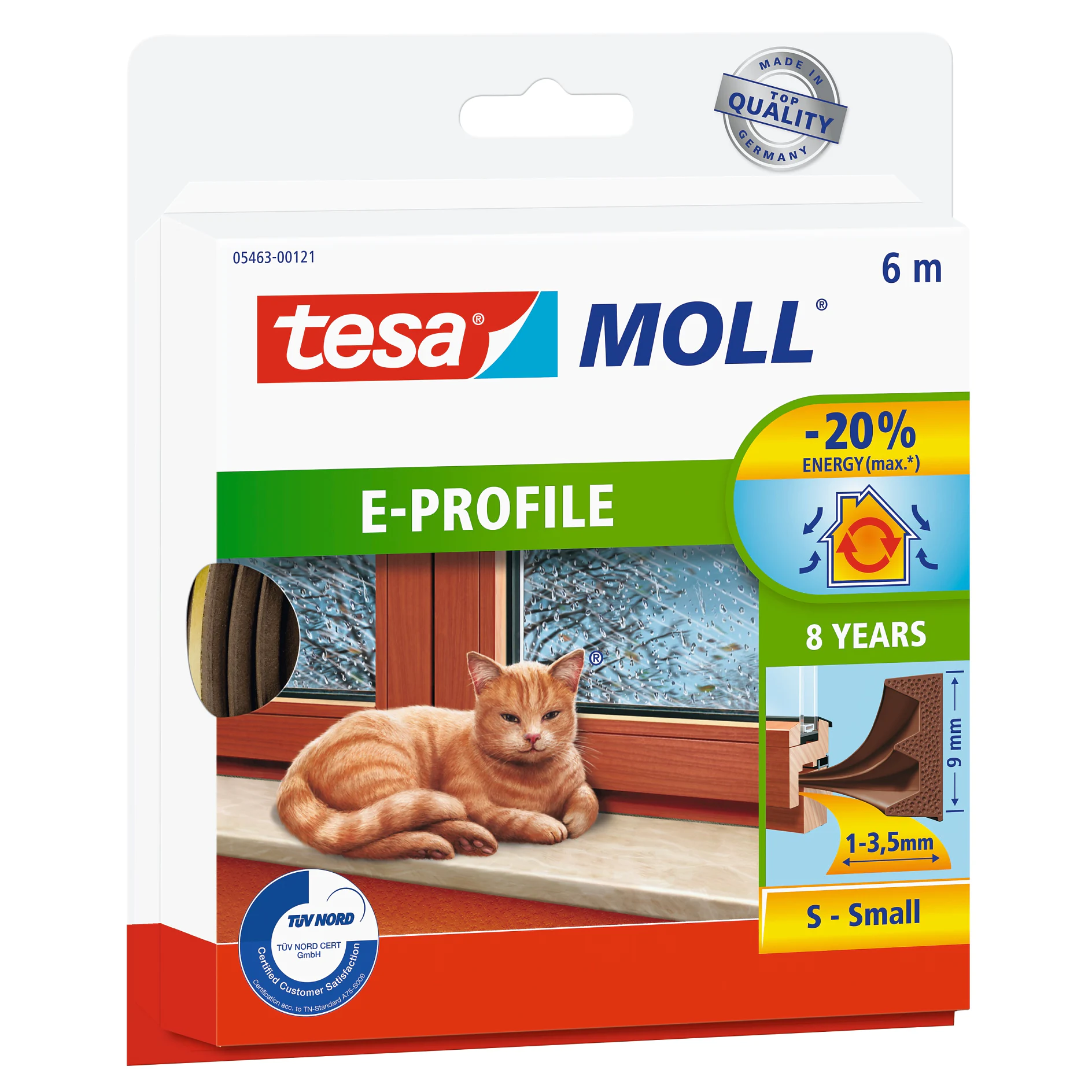
![tesa_4042448116338_05405-00100_LI400_front_pa_001 [en-en] tesamoll Door-to-floor brush Comfort white](/en-gb/files/images/202402/2/medium-11178439,11178439_padded1x1_18.webp)
